How to Get Rid of Earwigs, According to Pest Experts

Dealing with a sudden pest infestation can be one of the most frustrating parts of owning a home. Unfortunately, there’s no shortage of potential uninvited guests that can cause problems, whether it’s rodents in your pantry, snakes in your cellar, or roaches roaming your hallways. Earwigs—also known to some as pincher bugs—are another relatively common issue that can get serious quickly. So, what’s the best way to deal with them? Read on to learn how to get rid of earwigs, according to advice from pest experts.
RELATED: Doctor Shares Easy Way to Protect Home From Bed Bugs After Traveling.
What Are Earwigs or Pincher Bugs?
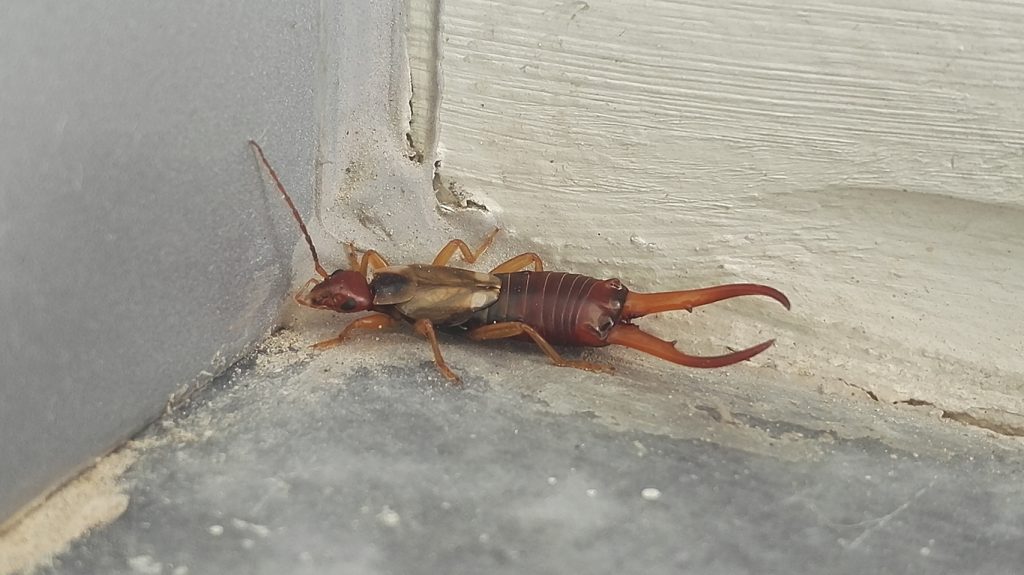
You’ve likely come across an earwig or more, even if you didn’t realize it at the time. According to Craig Sansig, service director at at Viking Pest Control, the nocturnal insects are a relatively common sight in many yards and homes.
“Earwigs are opportunistic bugs that both scavenge and eat decaying plant material as well as prey upon other insect species,” he explains. “Their namesake is derived from what is an old wives’ tale—but fortunately, it is untrue that they crawl into your ears and burrow into your brain!”
He adds that 22 species of earwigs have been identified in the U.S., but only a handful are common pests frequently found in homes.
How Can I Identify Earwigs?
Part of what can make an earwig infestation so settling is the bug’s appearance. Sansig says they can be identified by the large pincher at their rear that earned them the nickname “pincher bugs,” a set of straight antennae, and their lack of wings.
“The pincher of males is more rounded than the straighter pincher of females,” he explains, adding that the lack of wings means earwigs cannot fly or jump.
The intimidating large pinchers are used both for defense and to capture live prey. This makes them stand out as one of the rare pests with this formidable feature.
“Scorpions, typically found in warmer climates, also have pinchers—but they are arguably even more recognizable than earwigs,” says Megan Wede, co-owner of Done Right Pest Solutions.
RELATED: How to Get Rid of Gnats.
Where Do Earwigs Typically Nest?
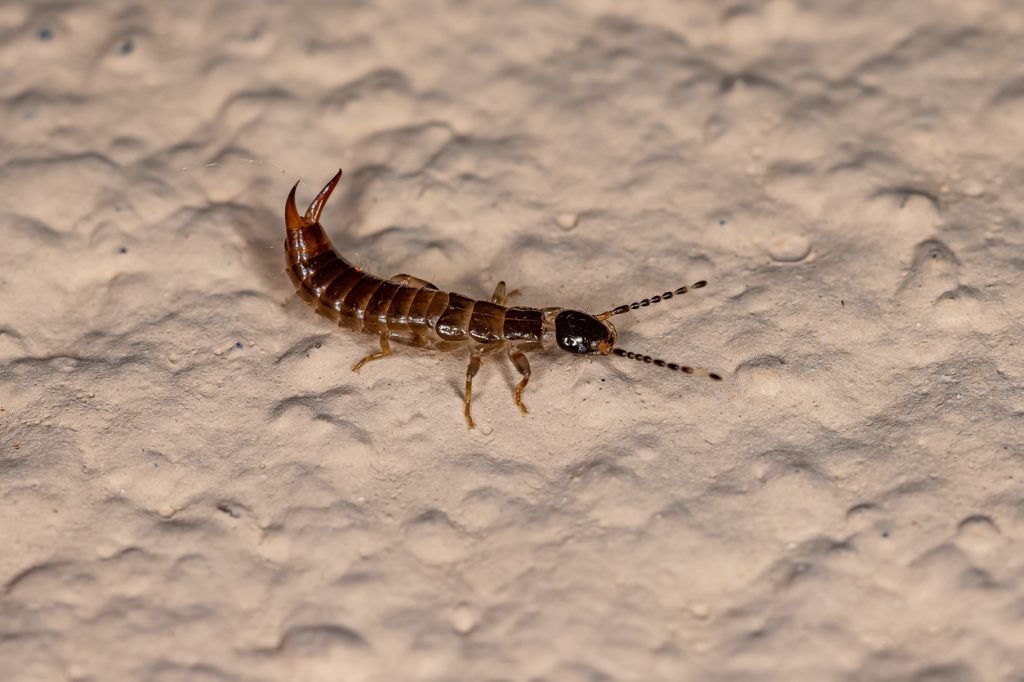
As with most pests, a combination of ideal living conditions, food supply, and available shelter will attract earwigs to establish themselves on your property. According to Rocky Beninato, founder and licensed exterminator at Quality Affordable Pest Control, they’ll typically nest under grass, flowerbeds, rocks, and leaf litter outdoors or in a moist and covered spot inside your home.
In most situations, a female starts a nest by digging a small hole into the soil and depositing her eggs into it, laying approximately 50 at a time. Sansig says she will then guard her eggs from predators and routinely clean them until they hatch to prevent potentially fatal fungal growth. There’s a wide range of places where earwigs might hide, but they all have a couple of things in common.
“Earwigs thrive in dark, damp areas,” says Wede. “So they can especially be basement dwellers, but they are often found outside under rocks or debris, congregating together.”
Are Earwigs Harmful?
Experts explain that, though their pinchers may be intimidating, earwigs do not pose a threat to you or your family.
“While their cerci—or pinchers—look dangerous, they only consume insects and plants and they don’t bite or harm humans,” Wede explains. “Earwigs are not harmful to people, pets, or structures: They are simply creepy and a nuisance.”
However, that doesn’t mean they won’t interfere in some ways. Beninanto warns that some earwigs may attack your plants and flowers, potentially becoming a problem in your garden.
Why Are There So Many Earwigs In My House?
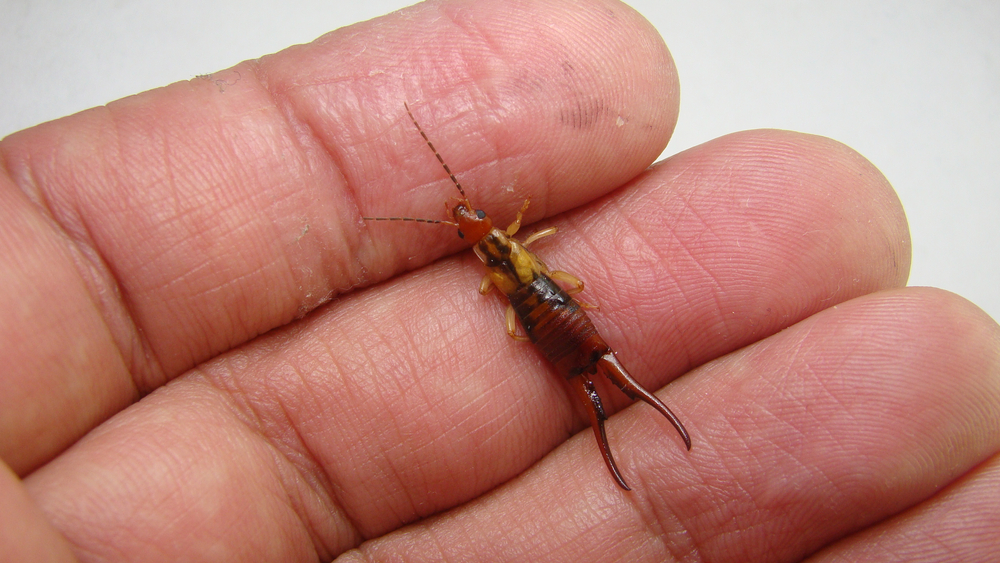
It can be unsettling to discover an earwig infestation in your home, especially if it’s a large one. There are ways to make your house less attractive to them, however.
“If there are areas of your home with excess water—for example, because of leaking pipes or appliances—you’re more likely to attract them,” says Jim Skinner, owner of A&C Pest Management. “And like other insects, earwigs can also be attracted by food sources in your home. Stray crumbs or even plants can be an attractive food source for earwigs.”
Because of this, controlling the dampness of your home can be crucial in keeping them from coming indoors in the first place.
RELATED: How to Get Rid of Possums in Your Yard, According to Pest Experts.
How to Get Rid of Earwigs
Even if they don’t pose an immediate threat to your health or home, no one wants to share space with pincher bugs. Fortunately, experts say getting rid of earwigs isn’t as hard as you might imagine.
Pinpoint the Pest
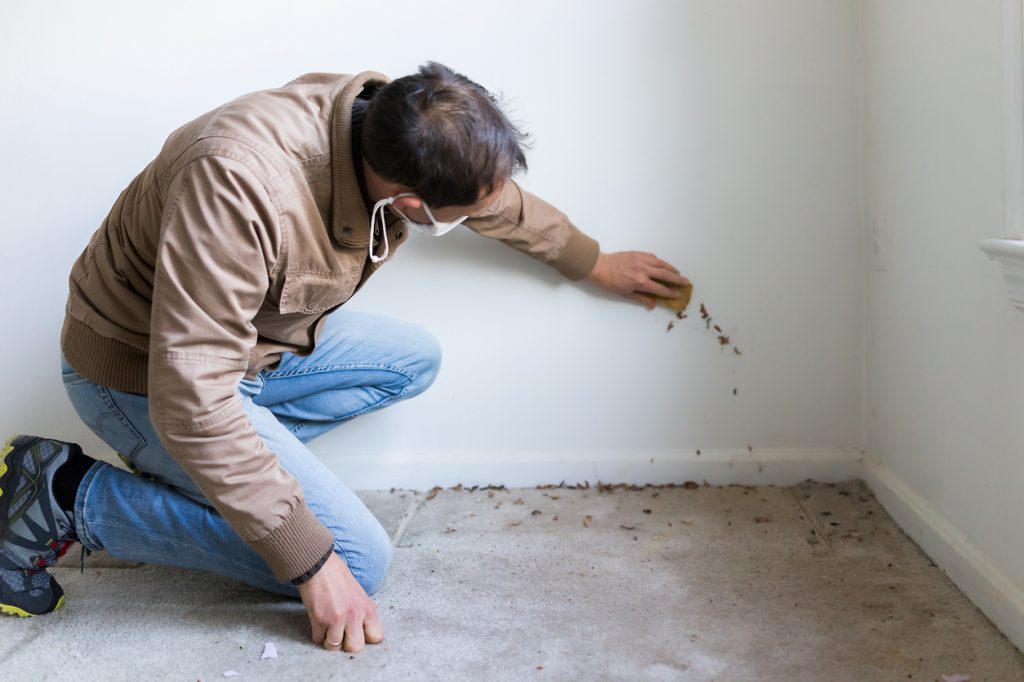
Knowing what kind of pest problem you’re dealing with means identifying exactly what type of bug you’re dealing with. According to Wede, this is why it’s essential to thoroughly inspect any areas you think may be infested and verify you’re dealing with earwigs.
“If you don’t know what pests you have, you don’t know how to treat them,” she says.
Dry Out Moist Areas
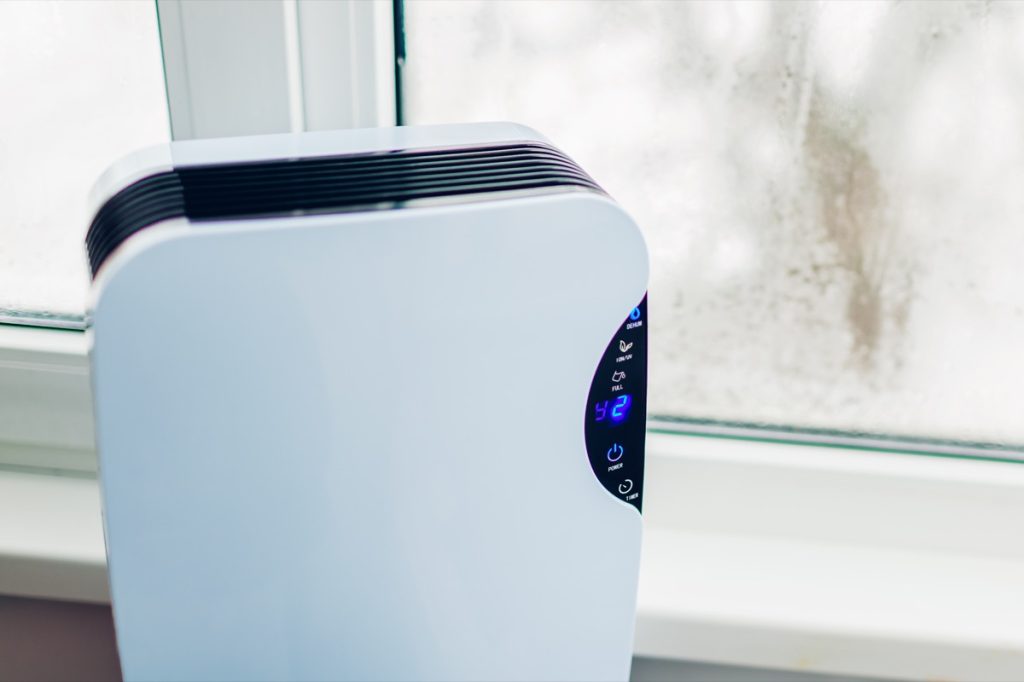
Experts agree that preventing an earwig infestation is always preferable to dealing with an active issue. However, finding a way to remove excess moisture from areas of your home is an effective strategy in both situations. Wede suggests scanning for the source of any leaks and addressing them immediately or installing a dehumidifier to combat any naturally damp indoor spots.
It’s also important to remember that not all problems will be in plain sight. “Be on the lookout for any warping or bulging siding, as it means there has been water damage within that wall,” Wede suggests. “Then, be sure to remove that source of harborage condition.”
Seal Up Cracks and Entry Points
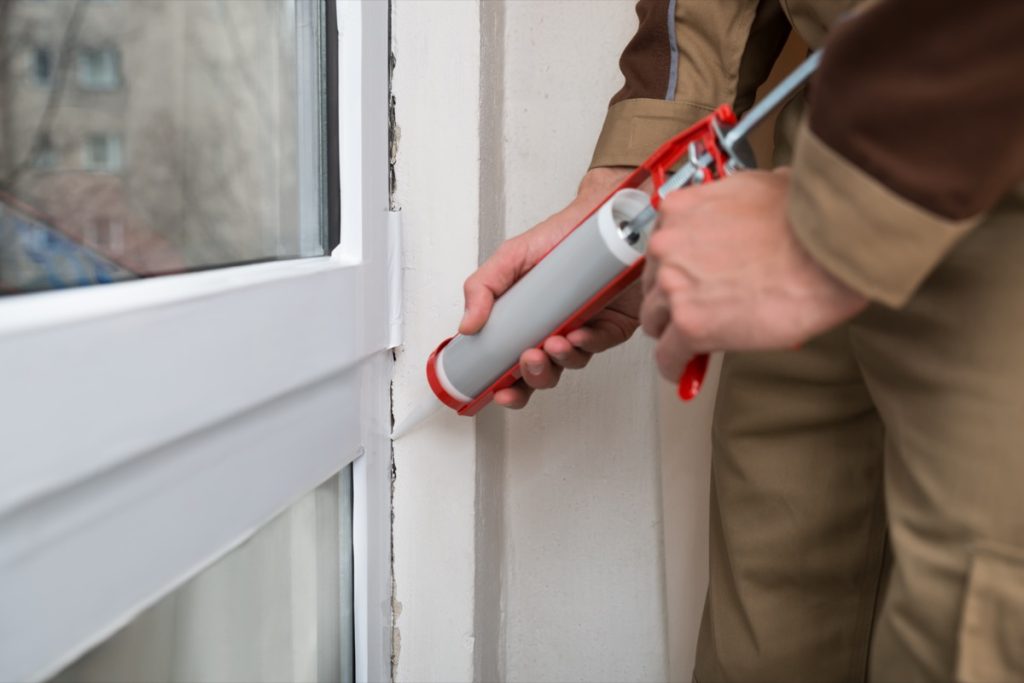
Beninanto says to look for any seals or cracks in your foundation, windows, or walls when looking for potential harborage sites and seal them up. Of course, this is also effective at keeping out other insects and pests.
“If your foundation has any gaps wide enough for mice to squeeze through, insects like earwigs, silverfish, spiders, centipedes, millipedes, stinging insects, crickets, and others can certainly come on in, just like if you left your front door open!” Wede warns.
Set Up Traps and Use DIY Sprays
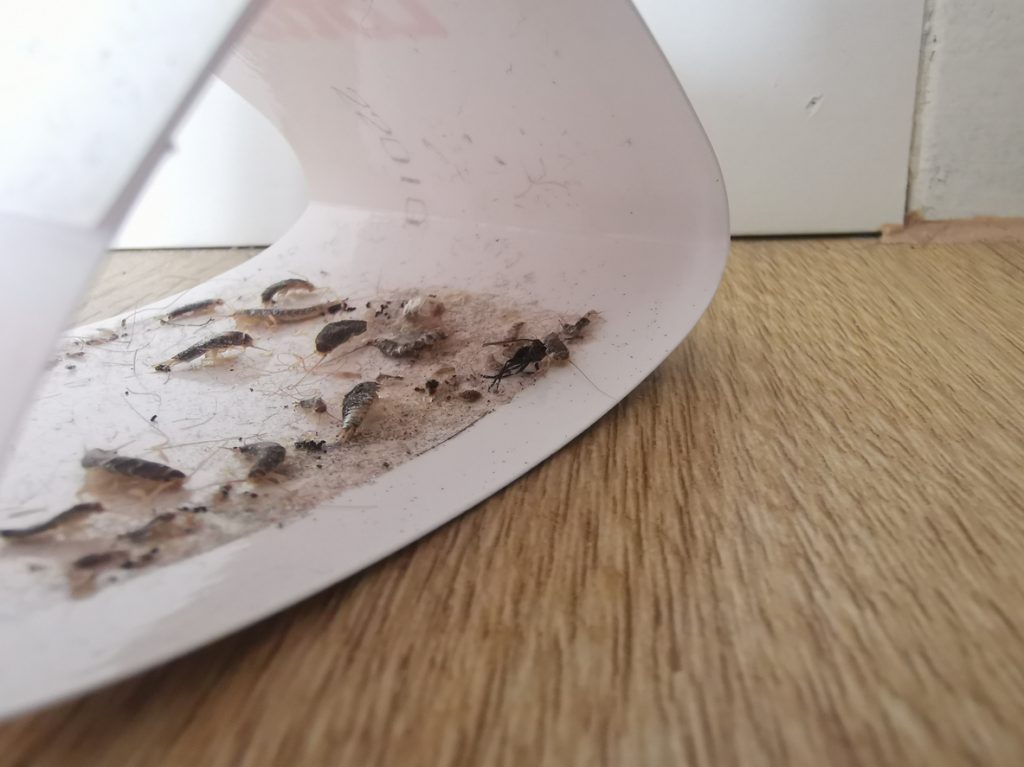
Once earwigs are in your home, the next strategy is to kill them. Normally, this involves setting a glue trap or making a DIY solution.
“Mix canola oil, dish soap, and soy sauce in a shallow bowl,” says Beninato. “The earwigs will drown in the solution.”
He adds that you can also kill earwigs with a homemade bug spray by mixing equal parts rubbing alcohol and water in a spray bottle and applying it when you see them. Simply point, spritz, and vacuum up the dead insects after they’ve succumbed.
Stay on Top of Yard Work
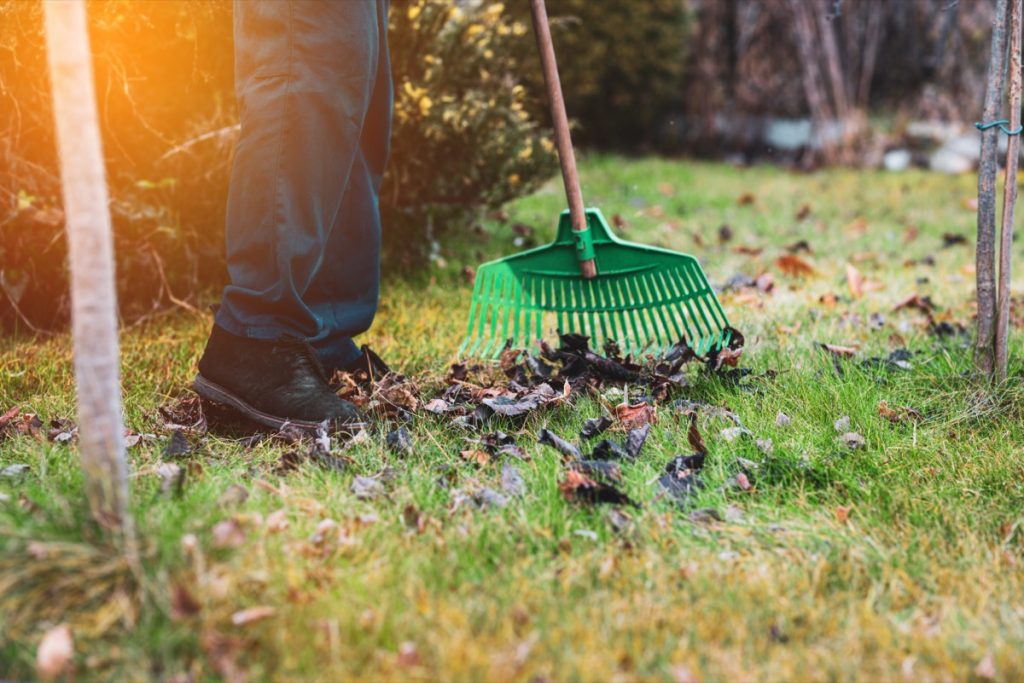
Because earwigs eat plant matter, your yard can be just as welcoming as your house. Experts recommend clearing the area around your foundation of any leaves, wood piles, and other debris.
Worried about removing all that mulch that makes your garden look so great? Wede suggests calling in pest control companies to treat your yard annually for any out of control earwig populations instead.
Call In the Professionals

Rather than DYI solutions, you can opt for calling the professionals. A professional pest control company can often solve the problem more quickly and effectively than most homeowners can, especially if you’re having a hard time locating the source. In many cases, they’ll treat the issue with boric acid powder by sprinkling it in cracks and in problem areas, which can be difficult to do safely without experience.
RELATED: 9 Best Mosquito-Repellent Plants, Pest Experts Say.
How Can I Prevent Earwigs From Coming Back?
Most experts would tell you that the best pest control is preventative pest control. Here are their tips for avoiding any repeat infestations:
Manage Moisture

Because earwigs like dark, moist environments, one of the easiest things you can do is control how humid your home gets. Wede suggests using a humidifier in places like your basement or anywhere it’s more likely to become damp to ensure there are no persistent leaks creating a problem.
Reduce Clutter

Earwigs thrive when they have plenty of places to hide. Going through your items on a regular basis can help you cut back on clutter that could harbor insects and other vermin.
“When you have a cleaner house, it is easier to recognize a pest issue before it becomes a hidden infestation,” Wede says.
This also goes for general messes. Make it a point to take care of food waste and other potential meal sources for pests, including pet food and products.
Close Entry Points
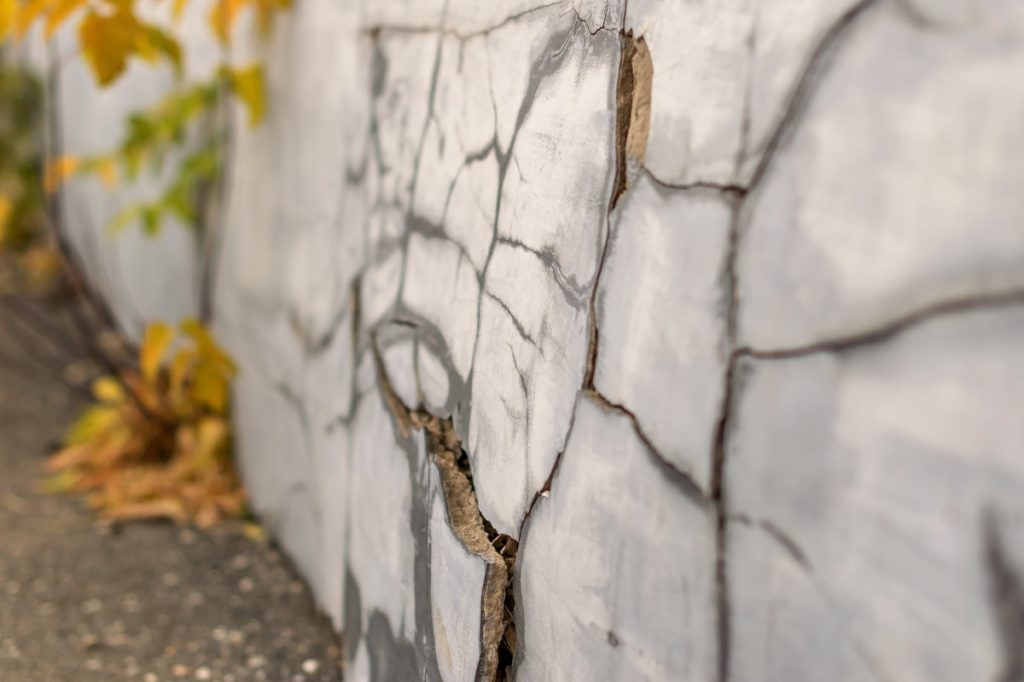
Pests have to make their way indoors before they can become a problem. Inspect your home regularly to ensure you’re not leaving an easy entryway for them, sealing any cracks or openings.
“This can be pretty impossible due to insects being so small they can squeeze into openings as small as 1/16 of an inch,” warns Wede. “But, if you do see any large openings, it’s always a good idea to seal those up.”
Get Routine Pest Control

Even if you’re a meticulous cleaner and organizer, staying on top of everything to keep away pests can be a lot of work. Having an annual scheduled visit with a qualified pest control company can help you identify issues before they even become problems.
“Plus, seasonal exterior sprays will cut down on these earwig populations outside before they get out of hand and invade your home,” Wede adds.
Conclusion
Dealing with an earwig infestation can be daunting. Fortunately, you can take some basic steps to help ensure you never develop one to begin with, including controlling excess moisture in your home and reducing clutter. Experts can also inspect your property to find any persistent problems. For more pest tips, visit Best Life again soon.